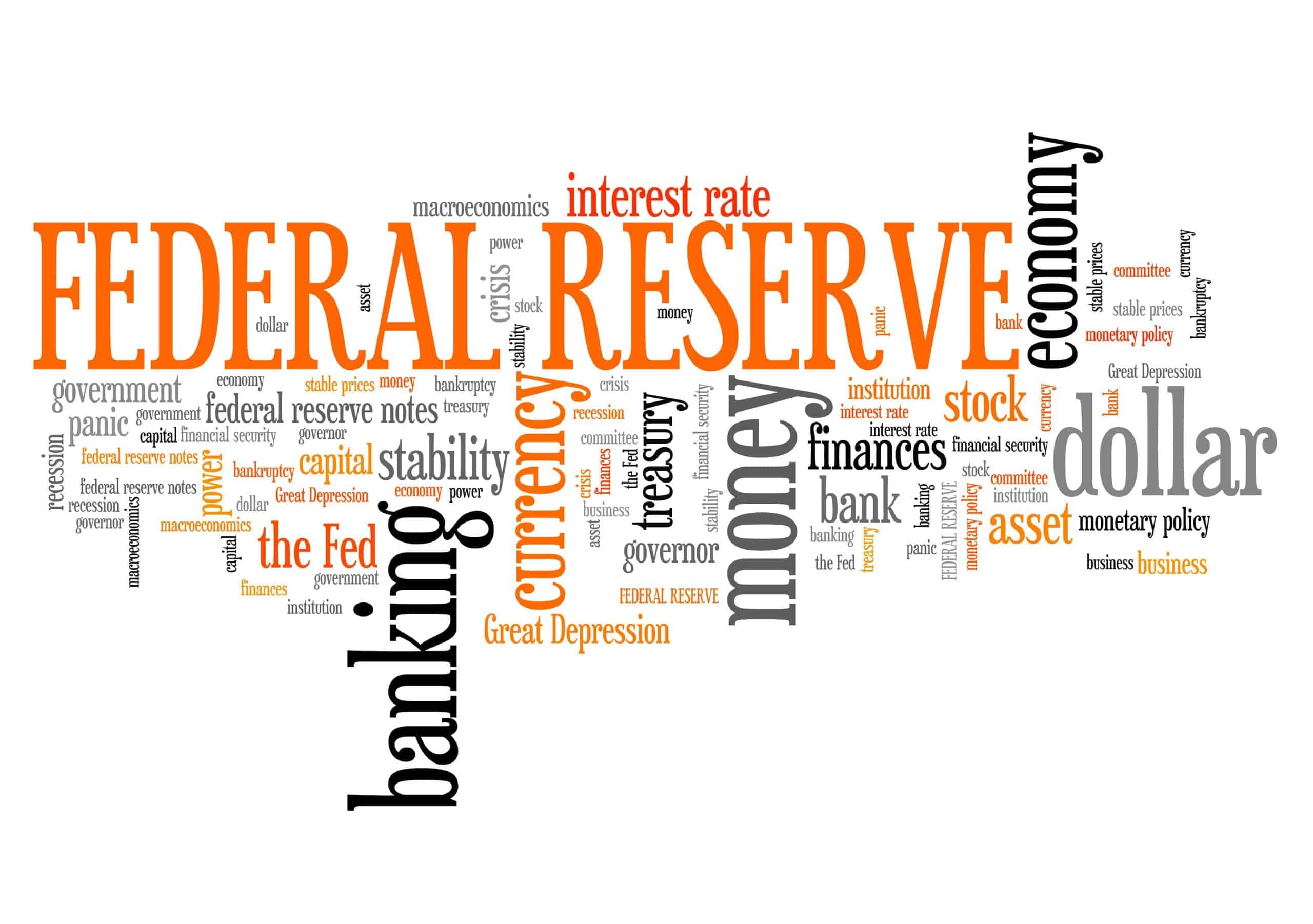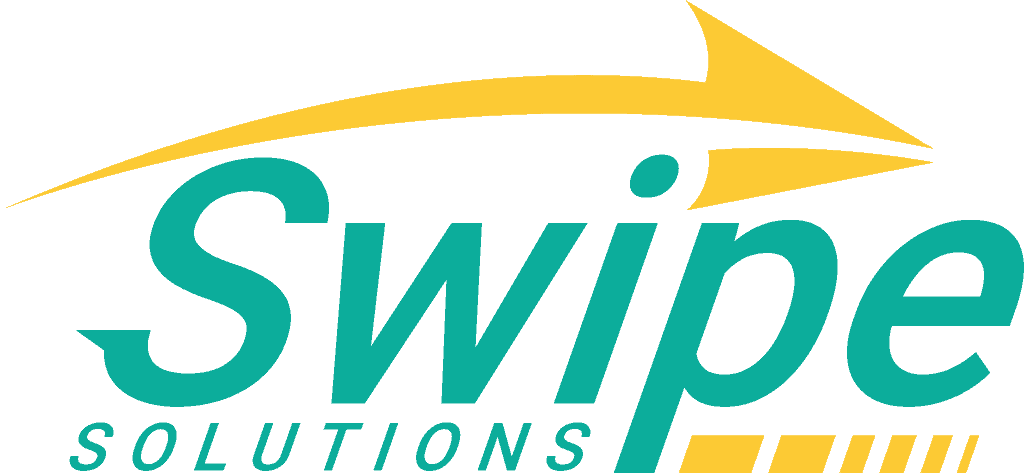Every quarter, the Federal Reserve’s
Federal Open Markets Committee meets to determine if the federal funds rate should be adjusted, and emergency sessions are called as needed between quarterly meetings during economic crises. A Fed rate cut is generally viewed positively, and this is most easily visible in the form of a boost in the stock market after the Fed’s announcement. However, there are pros and cons to both increasing and decreasing federal funds rates. A closer look reveals why consumers should pay attention to news about the Federal Reserve and what these adjustments mean for your life.
Understand the Federal Reserve’s Goals

The primary purpose of the Federal Reserve is to establish and adjust monetary policy to stabilize inflationary effects while also promoting reasonable economic growth across all sectors. The federal funds rate is adjusted because it impacts money supply at the bank level with a trickle-down effect that reaches all consumers.
A Fed rate cut’s ripple effect is immediately seen in the rates of bank products, such as personal loans and other types of financing. Typically, the Federal Reserve will cut the federal funds rate when it wants to stimulate the economy because lower bank rates effectively encourage consumers to borrow money and to make large purchases through financing. On the other hand, a Fed rate increase slows down the economy because it increases the cost of consumer loan products and other types of financing. This type of monetary policy adjustment is most commonly used to slow inflation and to moderate economic growth.
When Rates Swing Too Far in One Direction
The federal funds rate reached a peak in the 1980s when it hovered close to 20 percent because of high inflation, and it sat just above zero for several years after the 2007 market crash as the Fed tried to revive the economy. While such extremes are rare and may be necessary in unique situations, negative results can occur when rates swing too far in one direction, stay at an extreme level for too long and are not aligned with market conditions.
For example, when the Federal Reserve’s policy yields a rate that is too low, the result may be excessive and unsustainable growth. This can lead to runaway inflation that ultimately reduces consumer spending power and could result in a market crash. On the other hand, when interest rates are too high, economic growth can be stymied. In some cases, it could lead to a market contraction. You can see that extremes in either direction can have devastating effects on the economy, so the Federal Reserve actively and even proactively makes rate adjustments based on an analysis of numerous economic factors.
The Impact of a Federal Rate Cut on a Typical Consumer
You and I both are most concerned with how a Fed rate adjustment impacts us in our daily lives. To understand if an interest rate cut is a positive or negative event, consider that interest rates affect consumers differently in various circumstances.
When you apply for a personal loan or a cash out refinance, you understandably prefer and actively search for a lower interest rate. This is because a lower interest rate yields more affordable payments and may enable you to take out a larger loan. If you have a fixed rate credit card, your monthly payment will not be impacted regardless of Fed rate policy. However, variable rate credit card payments may decrease after a Fed rate cut. On the other hand, banks may also adjust their rates downward for CDs, savings accounts and more. This means that you can borrow money more affordably, but the ability for your money grow may be stymied.
How a Fed Rate Increase Affects Consumers

You likewise are concerned about how a Fed rate increase directly and immediately affects your financial situation. While you and I both immediately may assume that a rate increase is a purely negative event, a closer look reveals that this is not true.
A rate increase will make it more expensive for you to borrow money, and this could limit your ability to qualify for a larger and more desirable loan amount. If you need money from a cash out refinance or if you are planning to purchase a new home soon, the effects of a rate increase can be strongly felt in your housing situation. On the other hand, a fixed rate credit card may be advantageous in situations like this because the cost of money that you have already borrowed does not change. In addition, the money that is already in your savings account or in a money market account may grow at a faster rate. You can also lock in a higher interest rate when you purchase new CDs.
What to Do When the Fed Makes a Rate Change
Essentially, a rate increase works in your favor if you are a saver or an investor, and it works against you if you are a borrower. Now that you understand more about the impact of Fed rate changes on your life, you may make strategic financial decisions in these ways:
- Analyze your investment portfolio when the Fed makes a rate adjustment to determine if you should re-allocate funds to CDs, bonds or other investments.
- Review your current debts to determine if refinancing with a personal loan or a cash out refinance would save you money.
- Determine if transferring credit card debt to a new account with a fixed or variable rate would be advantageous.
- Pay attention to predictions regarding future Fed rate changes.
- Plan ahead so that you take advantage of today’s rates before the next rate movement occurs.
While the Federal Reserve’s rate announcements are well-publicized, the effects can seem remote or even unknown to people like you and me. However, some of the effects mentioned here are visible almost immediately after the Fed makes its quarterly announcement, and these directly impact your finances positively as well as negatively. Are taking advantage of the current federal funds rate, and are you prepared for the next Fed rate adjustment?


